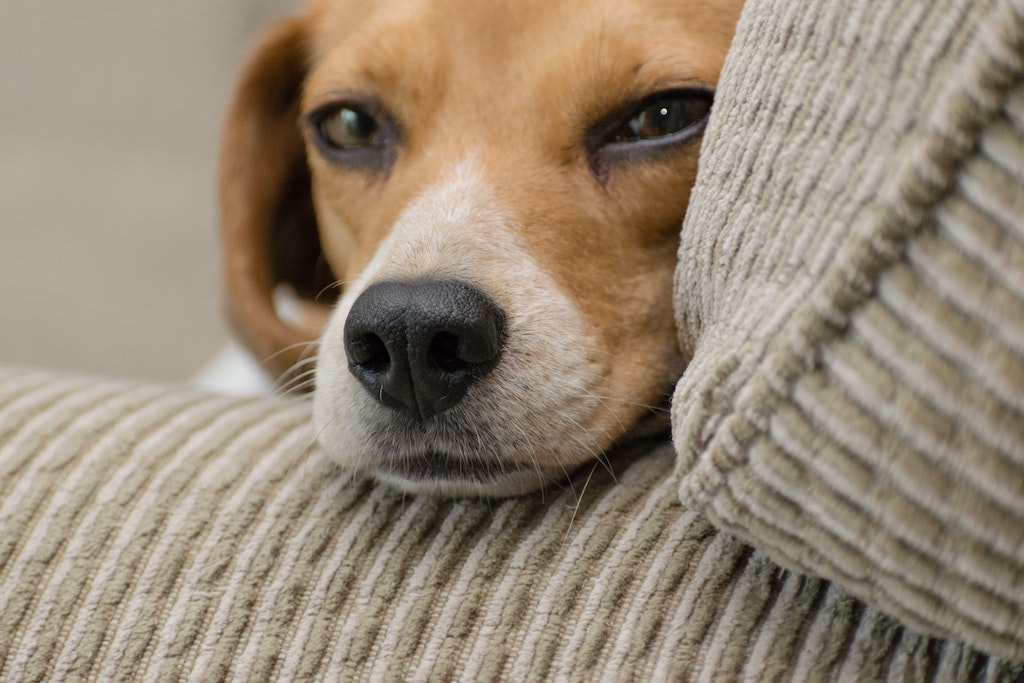Pets are not just animals – they’re treasured members of the family. From the smallest gerbil to the largest Great Dane, these beloved companions offer joy, companionship, and a host of health benefits. However, alongside the pet food, veterinary bills, and squeaky toys, there’s another factor pet owners should consider: their home insurance.
When you’re considering the question, “does homeowners insurance cover pets?” the answer is often more complicated than a simple yes or no. The truth is that owning a pet can significantly impact your home insurance and understanding the relationship between pet ownership and home insurance can help you with potential financial implications.
Home Insurance Liability Coverage and Pets
Pets play a considerable role in the liability portion of your home insurance. Liability coverage protects you financially in case someone is injured on your property. While it might seem unlikely, pets, especially dogs, can be the cause of these injuries. For instance, if your dog bites a visitor or causes them to have a fall, your home insurance liability coverage would typically cover the medical costs and any legal expenses if the person decides to sue.
However, the extent of this coverage can depend on several factors, including the type of pet you own, their behavior, and the specific rules of your insurance provider.
Breed restrictions and your home insurance
Home insurance companies assess risk based on various factors, and unfortunately for pet lovers, certain breeds of dogs are often deemed riskier than others.
Some insurance providers may limit coverage or even deny a policy based on the breed of dog you own. Breeds often labeled as ‘high-risk’ or ‘aggressive’ might increase premiums or be excluded from liability coverage. These might include breeds like Pit Bulls, Rottweilers, or German Shepherds. As we all know, not all breeds deserve this label, but it still impacts the home insurance risk assessment.
Before you bring a new furry friend into your home, check with your insurance provider to understand how this decision could impact your home insurance.
How to Protect Yourself and Your Pet with Home Insurance
As a responsible pet owner, your primary concern is your pet’s well-being. However, safeguarding your financial well-being is also important, as it directly influences the quality of life you can provide for your furry friend. This financial protection often involves additional coverage or endorsements to your existing home insurance policy. A considerable consideration for pet owners is pet liability insurance. This type of insurance covers incidents specifically related to your pet. Pet liability insurance offers security, knowing you are protected if your pet unintentionally causes damage or injury.
Enrolling in obedience classes and ensuring your pet is well-trained can significantly reduce the risk of incidents. Some insurance companies may even lower your premium if you provide a certificate showing that your dog has completed formal obedience training.
Another protection option is an umbrella policy, which provides comprehensive coverage by offering liability protection beyond your home insurance policy’s limits. An umbrella policy comes into play when the liability limits of your home insurance have been exhausted. For instance, if your pet injures a guest and decides to sue, your home insurance might cover up to a certain amount. However, legal costs and potential settlements can exceed this amount. This is where an umbrella policy would kick in, covering the additional costs up to the limit of the policy, which typically ranges from one to five million dollars.
The choice between pet liability insurance and an umbrella policy, or possibly having both, depends largely on your individual circumstances, such as the breed and behavior of your pet, your financial situation, and your level of risk tolerance.
Before you add any new coverage, have an in-depth discussion with your insurance agent. They can help you understand the options, potential costs, and associated benefits. Also, it’s advisable to compare quotes from different insurers to ensure you’re getting the most comprehensive coverage at the best price.
Remember, protecting yourself and your pet isn’t just about having insurance; it’s about taking proactive steps. This means regular vet check-ups for your pet, adequate training, secure fencing, and regular home maintenance to minimize the potential for accidents.
Tips for Pet Owners Shopping for Home Insurance
Navigating home insurance as a pet owner can be a complex task. However, by following the right approach, you can find a policy offering the best coverage for you and your pet. Here are some tips for pet owners shopping for home insurance:
- Full Disclosure: Honesty is key when it comes to your pet ownership. Inform your insurance company about your pet’s type, breed, and behavior. Concealing information about your pet may lead to denied claims or policy cancellation in the future.
- Consider Breed and Behavior: Understanding your pet’s breed and behavior is critical. Certain breeds may be labeled as ‘high risk’ by insurers, potentially leading to higher premiums or even denial of coverage. Also, if your pet has a history of aggressive behavior or has caused injury in the past, it could affect your insurance coverage.
- Shop Around: Not all insurance companies have the same rules regarding pets. If your pet is of a breed that some insurers consider high risk, take the time to shop around and find a company that does not discriminate based on breed.
- Training Certificates: If you’ve enrolled your pet in obedience classes, record their training certificates. Some insurance companies might offer discounts if your pet has completed formal obedience training. This can be a plus point in getting more favorable terms.
- Consider Additional Coverages: Look into additional coverages such as pet liability insurance or an umbrella policy. These provide added protection, especially if you own a high-risk breed or if your pet has a history of causing damage or injury.
- Maintain Veterinary Records: Keep your pet’s veterinary records up-to-date and readily available. Proof of regular check-ups and vaccinations can demonstrate your responsibility as a pet owner and may positively influence your insurance options.
- Secure Your Home: Show that you’re taking steps to minimize potential risks. For example, having a secure fence around your property can help prevent your dog from escaping and possibly causing injury.
- Read the Fine Print: Always read the terms and conditions of your policy carefully. Make sure you understand what is covered and what is not, especially when it pertains to your pets.
- Ask Questions: Don’t hesitate to ask your insurance agent questions. Understanding exactly how your pet impacts your coverage is necessary.
- Update Your Insurer: If your pet situation changes (for example, if you get a new pet, if your pet passes away, or if your pet’s behavior significantly changes), let your insurer know right away. These changes can affect your coverage and premiums.
By following these tips, you can navigate the process of obtaining home insurance with pets more confidently, ensuring you secure the most comprehensive and cost-effective coverage.
The companionship and joy that pets bring into our lives are immeasurable. However, consider all aspects of pet ownership, including how it impacts your home insurance. Understanding the relationship between your pets and your home insurance will help you avoid unexpected costs, ensure that you’re adequately covered, and keep both your home and your fur baby protected.




